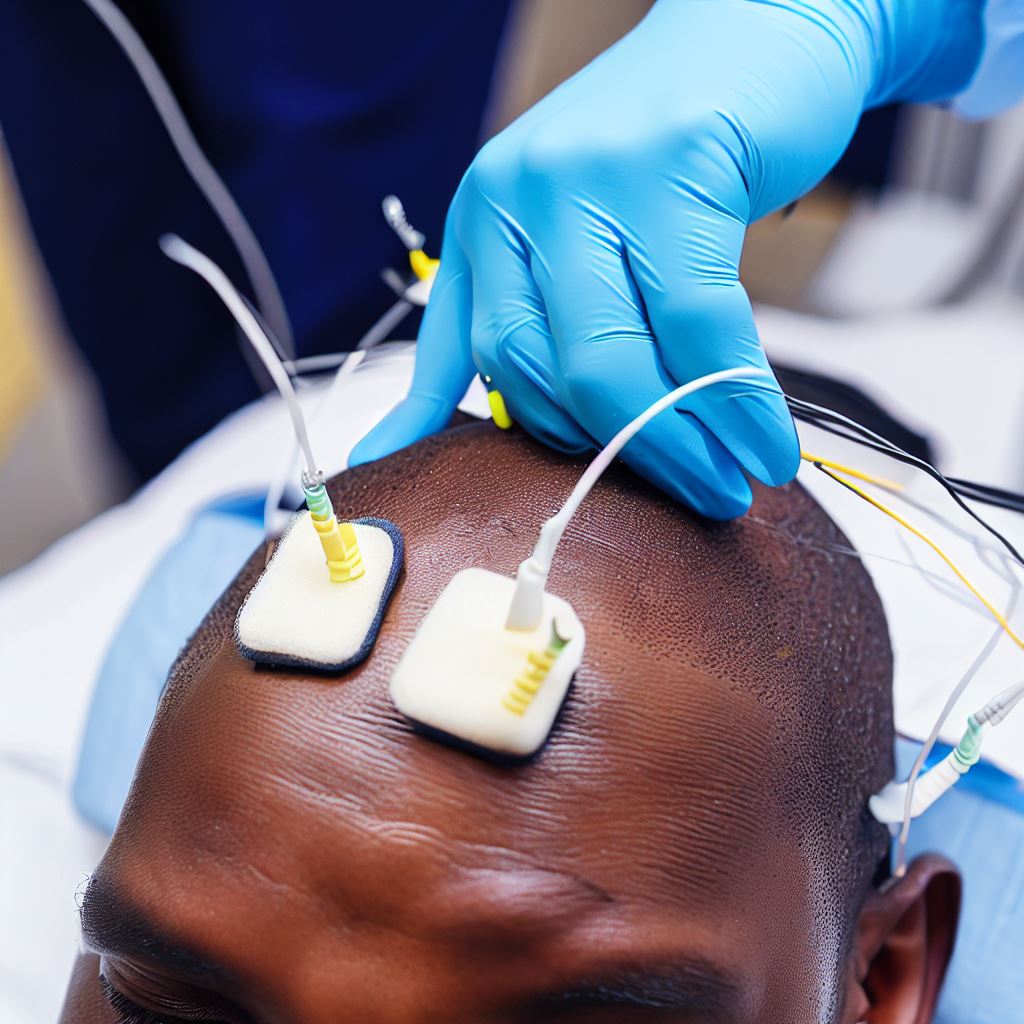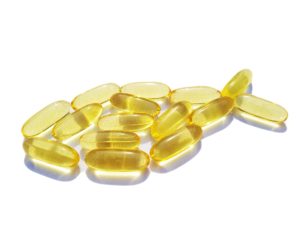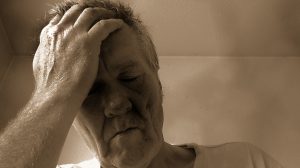Transcranial Direct Current Stimulation for Depression

While the use of electricity directly on the skull brings to mind electroconvulsive therapy, a safer, low-current approach has been gaining research support. Transcranial direct current stimulation (tDCS) is a fairly straightforward treatment where a much lower level of electrical current is applied to the exterior of the skull, typically through two sponge electrodes. Unlike electroconvulsive therapy, tDCS doesn’t carry the same risk for memory loss or other problems (Read 2019) and may even improve brain function.
Electroconvulsive Therapy Versus tDCS
During electroconvulsive therapy treatment, between 800 and 900 milliamps of electricity is applied in short bursts across the skull (Deng 2015). This amount of current causes a patient to have convulsions or a short seizure. In contrast, tDCS is typically applied as one or two milliamps of current for around 30 minutes. The safety profile for tDCS is quite high when the procedure is done properly. The biggest risks appear to be for skin irritation and minor burns, especially if the sponge contact is not properly attached (Matsumoto 2016).
During tDCS treatment, each sponge electrode has a different voltage polarity: one is positive and the other is negative. In the brain, neurons send messages as electrical signals. Under the positive tDCS electrode, brain activity is increased. The positive voltage increases the chance that a brain cell will fire. Under the negative electrode, brain activity is decreased as brain cells are less likely to fire (Paulus 2003). In this way, tDCS can be used to augment and suppress different regions of the brain. While this is a bit oversimplified, it still gives a basic understanding of how tDCS works.
Beyond the initial electrical effects, tDCS treatments affect neurotransmitters in ways that appear to increase neuroplasticity (Stagg 2018). In simpler terms, tDCS stimulates the brain’s ability to change its behavior and function.
Benefits of tDCS for Depression
One of the prevailing theories of depression is that the left “prefrontal cortex” of the brain, an area just left to the centerline of the forehead, is underactive. Contrarily, the right prefrontal cortex on the other side of the forehead is overactive. By using the positive electrode over the left and the negative over the right, this pattern of brain activity can be reversed.
The first small study exploring tDCS for depression treated five patients with tDCS and five patients with a sham tDCS procedure daily for five days (Fregni 2006). Patients treated with tDCS had around a 60% decrease in depressive symptoms. The patients who received sham treatments only had a 25% reduction.
The excitement over this initial study spawned a flurry of additional clinical trials, although many of the studies were small and had other limitations. An initial meta-analysis in 2012 concluded that the data suggests a reduction in depression symptoms with tDCS, but larger studies are needed for confirmation (Kalu 2012). Fortunately, research interest continued.
One of the most recent analyses of over 50 clinical trials concluded that tDCS has “robust effects” for improving both depression and anxiety. The benefits appeared to hold over different populations and with different tDCS procedures (Cheng 2022). While an earlier analysis found that the most significant benefits from tDCS were present only when combined with medications (Wang 2021), the analysis included just four clinical trials of tDCS without medication. Such a small sampling of the available studies likely reduced the significance of the benefits.
Post-Stroke Depression

After a stroke, individuals are at high risk for developing depression. Post-stroke depression is likely due to a combination of inflammation and lost abilities due to the brain damage from the stroke. While drug treatments may be helpful, they come with significant concerns over efficacy and side effects (Paulucci 2017).
In a search for alternative treatment approaches, tDCS has been explored for post-stroke depression treatment. A systematic review found six studies that utilized tDCS to treat patients struggling with post-stroke depression (Hao 2022). All six studies found decreases in depression symptoms with its use.
Fibromyalgia
Fibromyalgia is a common condition that causes widespread muscle and joint pain, mental fogginess, fatigue and trouble sleeping. The condition is often difficult to treat with standard approaches.
Studies using tDCS for fibromyalgia also support its use. A review that included over 1000 patients with fibromyalgia concluded that tDCS improves depression symptoms and decreases pain, all while improving overall functioning (Cheng 2023).
Depression in Schizophrenia
Schizophrenia is a condition where an individual loses touch with reality. Individuals with schizophrenia often have “positive symptoms,” including hallucinations, delusions and hyperactivity, and “negative symptoms,” including poor emotional expression, loss of motivation and a lack of pleasure in daily activities. These negative symptoms are characteristic of depression.
In a meta-analysis of the research, it was found that tDCS has large effects on improving the negative, depression-type symptoms of schizophrenia. Considering the challenges that schizophrenia presents, and the side effects from standard medications, tDCS may be a reasonable alternative for treating negative symptoms.
Conclusion
Depression can be difficult to treat and patients on medications often have residual symptoms. However, newer treatment approaches, including tDCS, appear to hold significant promise for the treatment of depression. Considering the safety and minimal side effects with tDCS, it may be an option worth considering.



